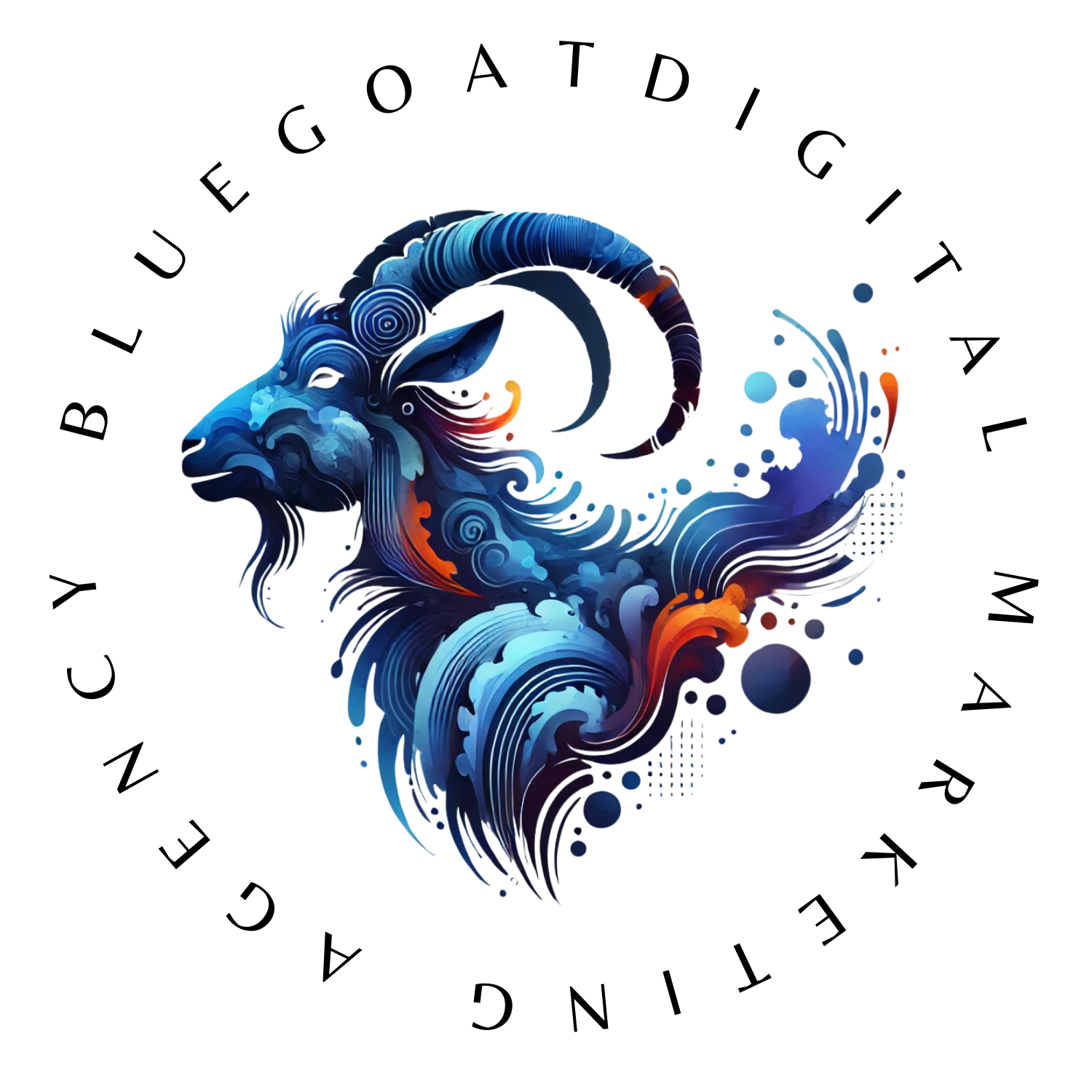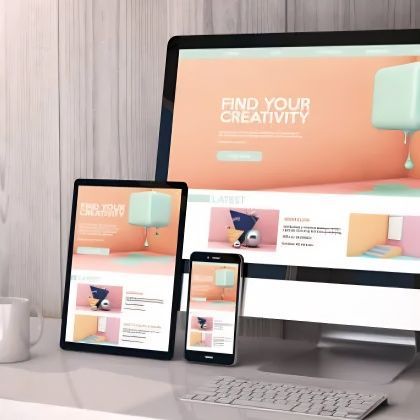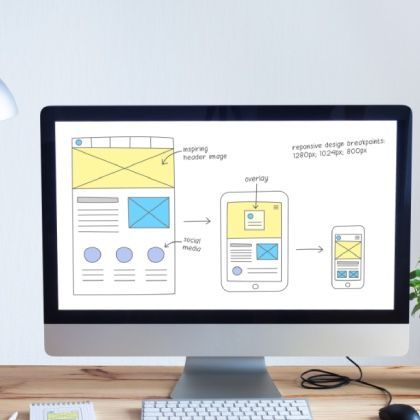
Designing a website that effectively reaches your audience requires thorough research. Understanding what works and what doesn't can make all the difference in creating a site that not only attracts visitors but also keeps them engaged.
In this article, we'll explore the key steps involved in conducting research for website design. We'll cover how to understand your target audience, analyze your competitors' websites, and gather user feedback to refine your design.
Understand Your Target Audience
The first step in conducting effective website design research is to get to know the people who will be using your site. Identifying your target audience helps in tailoring the design, content, and functionality to meet their specific needs and preferences, ensuring a more personalized user experience.
Start by creating detailed user personas that represent your ideal visitors. Consider demographic factors such as age, gender, location, occupation, and interests. Additionally, explore their online behavior, such as the devices they use, their preferred social media platforms, and how they interact with similar websites. This comprehensive profile can guide you in selecting the right design elements that resonate with your audience.
Conducting surveys and interviews can provide deeper insights into what your audience expects from your website. Ask open-ended questions about their preferences, challenges, and what they value most in a website. Understanding their motivations and pain points ensures that your site delivers an experience that keeps them engaged and encourages repeat visits.
Analyze Your Competitors' Websites
Examining what others in your industry are doing is a crucial part of researching for your website design. By analyzing competitors' websites, you can uncover industry trends and standards that you might want to incorporate or improve upon. This step helps you understand the competitive landscape and identify areas where you can differentiate your site.
Take a close look at competitors’ site layouts, color schemes, typography, imagery, navigation structures, and content strategies. Navigate through their websites as a user would, noting what aspects contribute to a positive user experience and what elements may cause frustration. Pay attention to features such as loading times, responsiveness, and accessibility.
Consider utilizing tools like SWOT analysis to assess the strengths, weaknesses, opportunities, and threats related to your competitors’ online presence. Identify gaps in their offerings that you can fill on your website. This strategic approach enables you to make informed decisions in your design process, helping your website to stand out and attract your target audience.
Gather User Feedback and Data
User feedback is invaluable in refining your website design. Gathering data directly from real users helps identify pain points and areas for improvement that may not be apparent during the initial development stages. This step ensures that your design decisions are backed by actual user experiences rather than just assumptions.
Implement methods such as usability testing, where users perform specific tasks on your website while you observe and note any difficulties they encounter. A/B testing allows you to compare different versions of a webpage to see which performs better in terms of user engagement. Heat mapping tools can show you where users click, scroll, and spend the most time on your site.
Don't overlook analytics tools like Google Analytics to track user engagement metrics such as bounce rate, session duration, and page views. Understanding patterns in user behavior, such as which pages are most popular or where users tend to exit the site, can guide you in optimizing the website to enhance the overall user experience and achieve your goals.
In Conclusion
Conducting thorough research is a foundational step in designing a website that not only looks great but also meets the needs of your audience. By understanding your target users, analyzing what your competitors are doing, and gathering direct user feedback, you can create a website that offers a superior user experience and stands out in the crowded online space.
If you're looking to build a custom website that truly reflects your brand and appeals to your audience, get a free quotation for website builds and digital marketing services from Blue Goat Digital. Our team in South Africa is ready to answer your questions and help you create a website that not only meets but exceeds your expectations.
Let’s talk!
Have a question or comment? Let us know.
Head Office - Johannesburg, Gauteng
Regional Office – Ballito KwaZulu Natal
All Rights Reserved | BlueGoatDigital | Privacy Policy | Terms & Conditions












